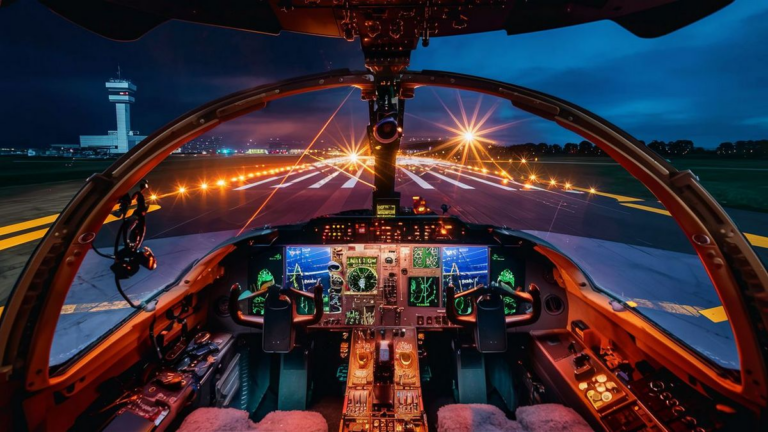Shining a laser at an aircraft is not just a reckless act but also a criminal offense with serious implications. This practice poses significant dangers to pilots, passengers, and even people on the ground. In this article, we delve into the reasons behind the illegality of shining lasers at aircraft and the potential consequences of such actions.
The Hazards Posed by Laser Pointers to Aircraft
Laser pointers, though seemingly harmless, can cause blinding glare to pilots when directed into the cockpit of an aircraft. The sudden flash of bright light can temporarily blind or disorient pilots, compromising their ability to operate the aircraft safely. This can lead to potentially catastrophic situations, especially during critical phases of flight such as takeoff or landing.
Interference with Flight Operations
Shining lasers at aircraft can disrupt flight operations and compromise air traffic control communications. Pilots must maintain constant vigilance during flight, and any distraction, such as a laser beam entering the cockpit, can lead to confusion and errors. This not only endangers the safety of the flight but also jeopardizes the integrity of the entire airspace system.
Legal Ramifications
The act of shining a laser at an aircraft is a serious offense with legal consequences. In many countries, including the United States, it is considered a federal crime punishable by hefty fines and imprisonment. The Federal Aviation Administration (FAA) strictly prohibits the aiming of lasers at aircraft and has implemented measures to apprehend and prosecute offenders.
Penalties for Offenders
Those caught shining lasers at aircraft can face severe penalties, including fines ranging from thousands to tens of thousands of dollars and imprisonment for several years. These penalties are enforced to deter individuals from engaging in such reckless behavior and to ensure the safety of the aviation industry.
Technological Advances in Detection
Authorities are employing advanced technologies to detect and track individuals who shine lasers at aircraft. Laser detection systems installed on aircraft and at airports can pinpoint the source of laser beams, enabling law enforcement agencies to apprehend offenders swiftly.
Public Awareness and Education
Efforts to raise public awareness about the dangers of shining lasers at aircraft are crucial in preventing such incidents. Educational campaigns inform the public about the serious consequences of this irresponsible behavior and encourage individuals to report any sightings of laser incidents to the authorities.
Shining a laser at an aircraft is not only irresponsible but also illegal, with severe consequences for offenders. The hazards posed by laser pointers to flight safety cannot be overstated, and it is imperative that individuals refrain from engaging in such reckless behavior. By understanding the dangers and legal ramifications associated with shining lasers at aircraft, we can work together to ensure the safety and integrity of our airspace.
Frequently Asked Questions
Below are some common questions regarding the illegality of shining lasers at aircraft:
| Question | Answer |
|---|---|
| 1. Why is shining a laser at an aircraft dangerous? | Shining a laser at an aircraft can blind or disorient pilots, posing a serious risk to flight safety, especially during critical phases of flight. |
| 2. What are the legal consequences of shining lasers at aircraft? | It is considered a federal crime in many countries, punishable by hefty fines and imprisonment. |
| 3. How do authorities detect offenders who shine lasers at aircraft? | Advanced laser detection systems installed on aircraft and at airports help pinpoint the source of laser beams, aiding law enforcement in apprehending offenders. |
| 4. Why is public awareness important in preventing laser incidents? | Educational campaigns raise awareness about the dangers of shining lasers at aircraft, encouraging individuals to report such incidents and deter future occurrences. |
Effects of Laser Pointers on Pilots
The intense light from laser pointers can cause temporary blindness or disorientation to pilots, endangering the safety of the flight.






